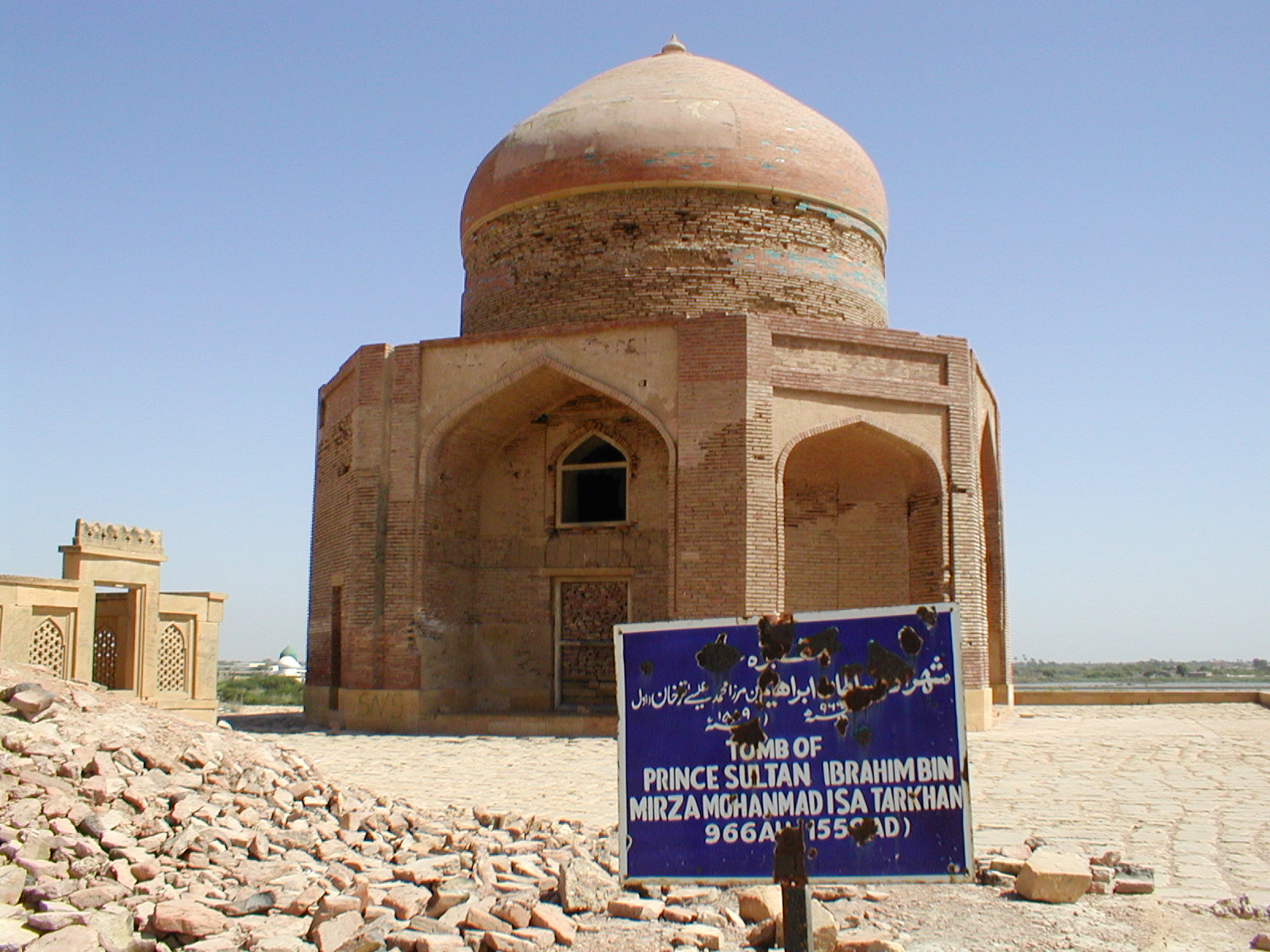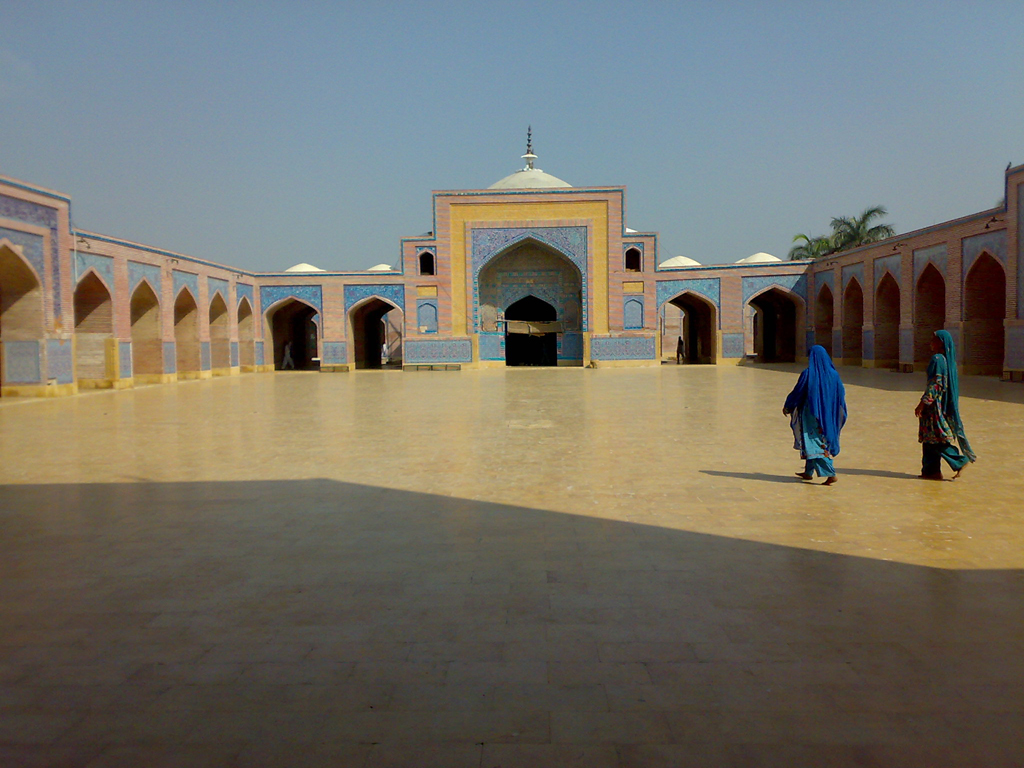Thatta is a city in province Sindh of Pakistan. It is the capital of Thatta District and will be capital of announced Banbhore Division.
Name:
Some suggested the name derived from the word Thab implying closeness of population, while others find its origin in the common word Thatta, a crowd or assembly of people.
Location:
It is located at the Latitude of 24°44′46.02″ North and Longitude of 67°55′27.61″ East. It is located 100 km (62 mi) east of the provincial capital of Sindh, Karachi, it makes for a practical escape for people from the city seeking to visit the picturesque old town.
A tomb at Makli Hills necropolis built in 1559
Population:
It is a historic town of 220,000 inhabitants in the Sindh province of Pakistan
Famous Places:
Its one famous places is Lake Keenjhar, the largest freshwater lake in the country. Thatta’s major monument, the necropolis at Makli is listed among the World Heritage Sites. The Shah Jahan Mosque, Thatta is also mentioned separately on the tentative list since 1993.
History:
Thatta may be the site of ancient Patala (Πάταλα in Greek), the main port on the Indus in the time of Alexander the Great.
The city was destroyed by Mirza Jani Beg in the 16th century During the ruling period of the Samma dynasty, Thatta was the capital of Sindh for 95 years. Between 1592–1739, it was governed in the name of theMughal emperors of Delhi. In 1739 however, following the Battle of Karnal, the province was ceded to Nadir Shah of Persia, after which Thatta fell into neglect as the Indus river started to silt up.
Shah Jahan Mosque Thatta Sindh Pakistan
Between 1652 and 1660, the Dutch East India Company had a small tradingpost (comptoir or factory) in Thatta. This competed with the English one, which was established in 1635 and closed in 1662. A second British factory was set up during the Kalhora period, in 1758, which lasted until 1775. In the early 19th century Thatta had declined to a population of about 18000. To the Arabs it was known as Dibal and the remnants of the brick wall from the Mirza Isa Tarkhan period were still visible at that time.

